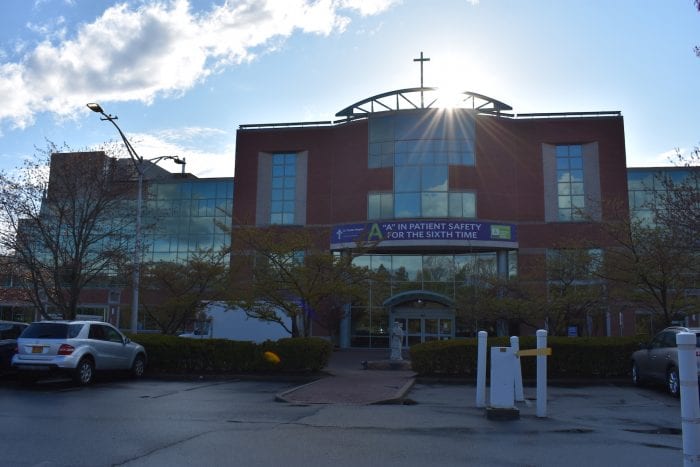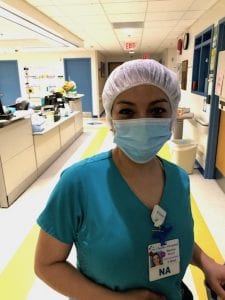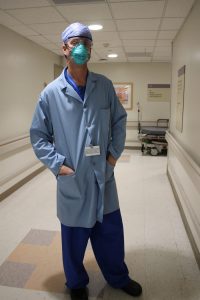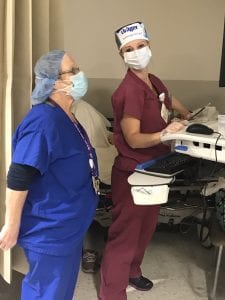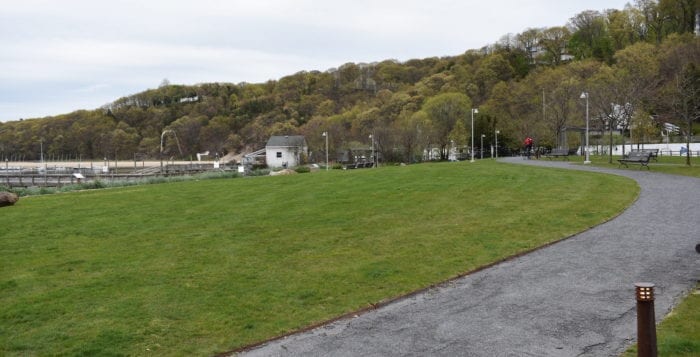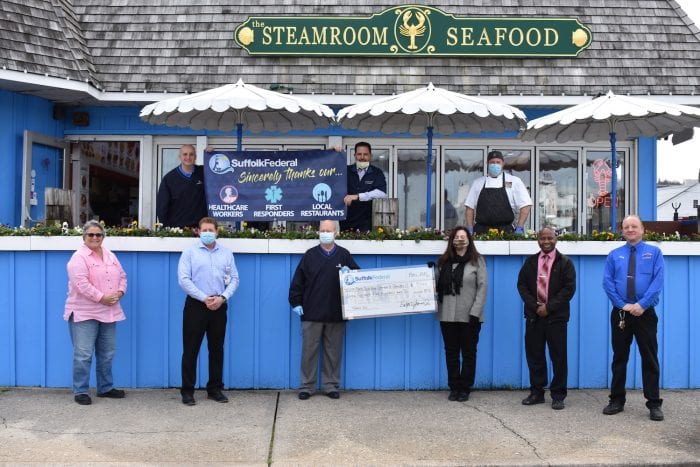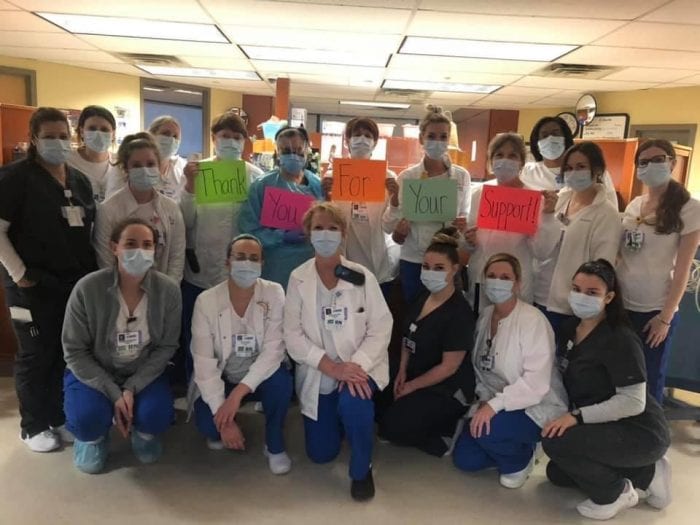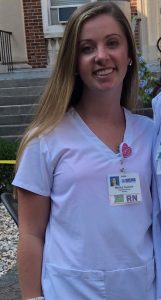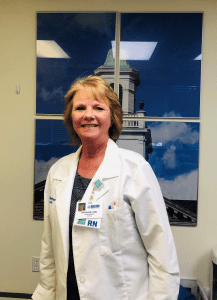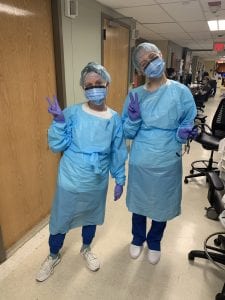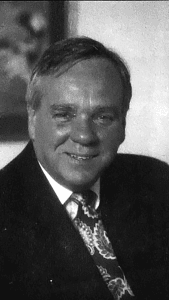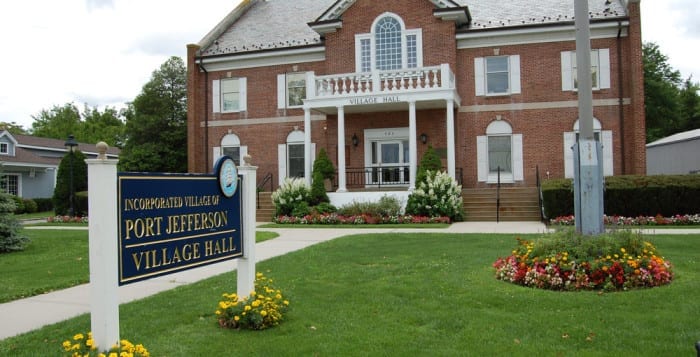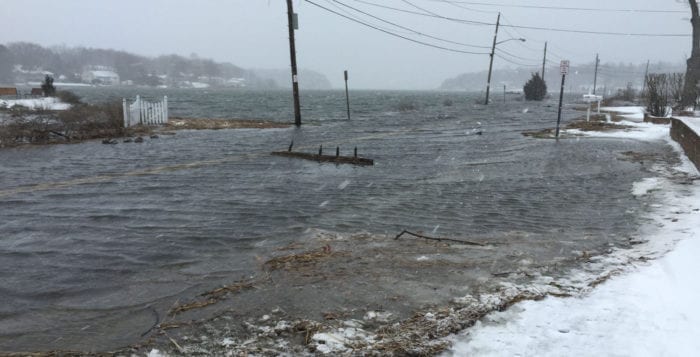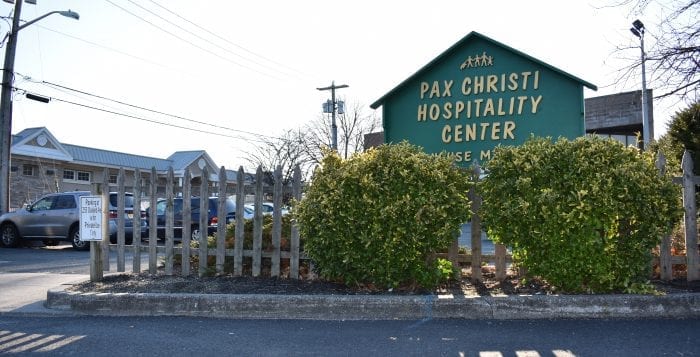High School seniors are normally under a lot of pressure come their last year of classes. It’s a time where students have to be thinking about where they want to go after graduation, what they want to do, all mixed in with a sense of finality to their grade school careers. For students involved in sports, it means the last season and the last chance they will have to take their team to county championships or maybe even states.

Then on April 22, Section XI made the announcement cancelling the spring sports season.
“After much discussion and consideration, the Athletic Council of Suffolk County has voted unanimously to cancel the spring sports season for 2020 at all levels,” Tom Combs, the Section XI executive director wrote in a statement. “The decision was not an easy one to make, however in what the world is experiencing at this time, it is the most prudent decision to make.”
With the cancellation of the spring sports season due to the ongoing pandemic, those same students now see any hopes of making it to playoffs dashed. Some teams, like the Ward Melville baseball team, might have been looking at their best season yet after making it to Suffolk County championships last year.
“Though we lost in the Suffolk County championship, the juniors were a big reason why they got there in the first place,” said Ward Melville baseball coach Lou Petrucci. “When we heard the news I talked to all the captains, and we talked to the seniors and juniors. They’re upset, but the spin we have to put on it is every time you play a baseball team you have to play it like it’s your last.”
Scott Reh, the Mount Sinai director of athletics, echoed the sentiment that the decision is going to most impact seniors, who he said the decision was “totally out of their control.” Though he and other athletic directors understood why it was done.
“At the end of the day, it’s very important because people are losing their lives, their jobs and the list goes on and on, “ Reh said.
Mount Sinai girls lacrosse head coach Al Bertolone said his team has been “training every day since school closed,” and that he hosts video meetings with the team and individual groups daily.
Though the news was hard, Bertolone said they had already participated in a car parade that ran past Mather and St Charles hospitals, which included the entire varsity team, parents, a fire truck, local police and some alumni as well.
“As far as we are concerned the games might have been canceled but our team is still going strong,” he said.
They are planning another car parade for Senior Day, May 14.
Charles Delargey, the director of PE, health and athletics at the Rocky Point school district, said the girls lacrosse team hosted a senior parade for their 10 seniors last Saturday, and the boys lacrosse has plans to do something similar this weekend.

At 8:20 (20:20 military time) on Friday, May 1, districts will be turning on the lights and score board of their school football fields. The event is supposed to celebrate the sports teams in their 2020 season, with several schools planning live streams including comments from coaches.
In addition to several videos that coaches and students have put together, homes throughout the Shoreham-Wading River Central School District are displaying ‘Home of a Wildcat Senior 2020’ lawn signs to share in the school spirit. The district is also promoting the NYSPHSAA Mental Health Awareness Week from May 4-8 with social media messages. Plans are also in progress to honor all athletes at the annual athletic awards event which will be held virtually in the coming weeks.
“Our coaches are in contact with our athletes to help to maintain optimistic attitudes and keep physically active during this time,” said SWR Director of Physical Education, Health, Athletics and Nurses Mark Passamonte.
School sports directors have been doing their best to keep spirits high. Adam Sherrard, the Port Jefferson School District athletic director, shared a video to his Twitter showcasing baseball players practicing, intercutting the video so it seemed the players were tossing the ball to each other.
Port Jeff is planning to host its regular sports ceremonies, including pictures of seniors in their uniforms in May and the signing ceremonies in June, but this time having to bring up each player individually for photos.
Indeed, practicing at home has become the new norm. Players have taken videos and pictures of themselves in their workouts and practices and posted such things to their coaches and teammates in phone messages and online.
Still, many students mourn the loss of their lost season — for some their last. As the bearer of bad news, coaches have done their best to offer consolation and hope for the future.
Matt DeVincenzo, the athletic director at Comsewogue School District, helped craft a video that was released Friday, April 24, on the district’s Facebook going through all the spring sports teams and specifically mentioning the graduating players, thanking them for all their hard work.
“Everyone’s pretty devastated,” DeVincenzo said. “Everyone saw the writing on the wall, and all the kids are affected, but our hearts really go out to the senior class. Unfortunately, they were robbed of last season in high school.”

The unanimous decision from the Section XI board was a tough one, DeVincenzo said, but all acknowledged the impossibility of hosting sports during the ongoing pandemic.
But beyond the spring season, many still question what will happen in the summer, fall and winter. All agree it’s still too early to tell.
For students participating in college sports, the National College Athletic Association said students graduating in spring will be eligible for collegiate scholarships as long as they still meet the course number requirements and show a 2.3 or higher GPA in those courses. The NCAA’s evaluations will not look at separate reviews of spring or summer distance learning during COVID-19 closures.
The question whether the coronavirus will impact sports in summer and fall is still up in the air, but with coaches not even aware if students will be back in school by the end of May, that question is leaning heavy on the minds of school athletics. Gov. Andrew Cuomo (D) said April 24 he would later be announcing whether schools would remain closed, but as of press time has not yet made the decision.
Delargey said when the news arrived last week, students were of course disappointed. On the other end, it was also a showcase of how students can show compassion.
“On a call with the softball team where the coach broke the news, after everyone spoke, one of our youngest kids on the team said to the seniors, ‘just want to let you know what an inspiration you’ve been to me.’” he said. “For a young kid to do that that’s amazing says what sports is all about.”


